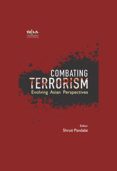Naga Armed Factionalism Back to Centre-Stage Once Again
There are fears that the NSCN (Khaplang) and NSCN (Khole and Kitovi) will clash violently in big towns like Dimapur and districts like Mon for turf control since both outfits inhabit the same territorial space.
- Namrata Goswami
- June 29, 2012









